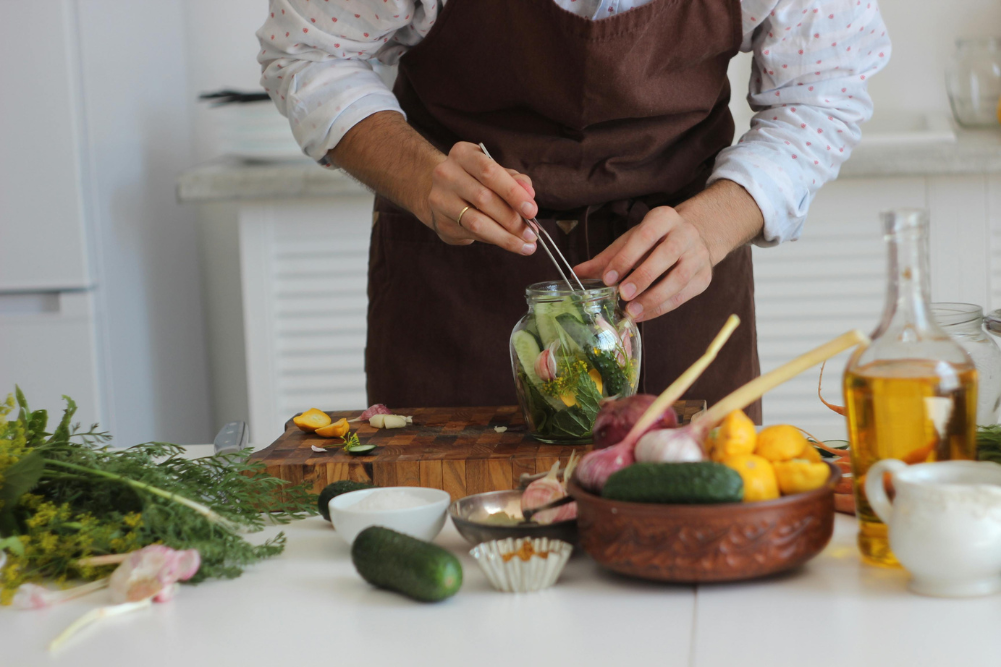Chinese spa therapies
“You work too hard,†said Dr Gua, the on-site traditional Chinese doctor at the Grand Hyatt spa in Shanghai. Previously a bone-setter in hospitals, Dr Gua is now sought after by VIP clients for his healing spa sessions. This wasn’t your usual feel-good spa treatment, though. For over an hour he worked on my body, combining a variety of rather vigorous Chinese massage techniques that left my kidneys aching for days. A good thing, according to Dr Gua, who explained that deep toxins were being released.
The Chinese have long known how to take care of their wellbeing. From acupuncture to herbs, it makes sense that these modalities are now being introduced into spas. Traditional Chinese medicine (TCM) is one of the oldest healing disciplines on earth.
“Acupuncture seems to be growing as a way of quickly destressing and rebooting the nervous system in a spa environment,†says Ken Rosen, head of traditional Chinese therapies at Chiva-Som International Health Resort in Thailand. “I have seen a lot of interest and success stories with auricular (ear) acupuncture for spa guests who want to lose weight or stop smoking.†He adds that the spa environment often feels safer for the novice to try something different, such as acupuncture or chi nei tsang, an abdominal detoxification massage developed in China.
The World Health Organization (WHO) now cites up to 100 conditions that can be treated with TCM. Recent surveys by the National Institutes of Health/CDC in the US reveals 38 per cent of adults and 12 per cent of children utilised complementary medicine in 2007, mentioning acupuncture as one of the fastest areas of growth. More recently, the WHO announced that in Beijing, all modern healthcare systems should incorporate traditional systems of medicine into their healthcare plans.
While most spa goers may have sampled reflexology, other well-regarded therapies that will soon be offered at spas include cupping and gua sha. During gua sha, the therapist uses a small utensil to scrape the excess heat out of the client’s body. For cupping, several glass cups are placed on your back to extract excess heat and wind from within that, in turn, restores balance.
However, according to Adria Lake of A.W. Lake Spa Concepts, who has been creating innovative spa treatments and products for high-end brands, the spa industry still has a very limited understanding of the Chinese healing systems. “Most spas pay lip service to TCM and feature treatments that lack depth or real understanding of the thought processes, philosophy and methods behind the system,†she says.
“TCM covers a lot of ground. It is a very complex system of medicine that requires years of learning to practise. Unless the spa is prepared to go the distance in giving their therapists proper training and have a qualified TCM doctor on staff, I do not think it is appropriate to call it a TCM spa.â€
Lake, who is at the forefront of combining Chinese therapies and spa, is currently working on a range of unique TCM-related and driven concepts and therapies containing ingredients such as The Emperor’s Bathing Rituals and the Secrets of the Imperial Concubines. All these comprise tui na, acupressure and moxibustion as well as new concepts inspired by Chinese martial arts, meridian and Taoist meditations. As well, she is developing a series of seasonal rites such as an Imperial Dragon Massage made with Chinese herbal and gold-infused oil, Ginseng Leaf Baths and White Ren Shen & Rice Wine Herbal Wraps.
Curious? Here are a few Chinese-inspired recipes to try at home.
Recipes provided by Adria Lake
Cardamom & Ginger Body Polish
INGREDIENTS
- 1 tbsp ground cardamom
- 1 tbsp fresh ground ginger
- 2 tbsp barley powder
- 1 cup soymilk (or as needed)
DIRECTIONS
Combine all ingredients in the blender until they form a smooth paste. Use in the shower as a warming and skin-smoothing scrub.
Shower/rinse with warm water.
Imperial Concubine Scented Bath
INGREDIENTS
- 1 litre of water
- ¼ cup dried chrysanthemum flowers
- 1 cup fresh mandarin peels
- ¼ cup licorice root
- ½ cup dried Chinese orchids (Herba dendrobii or suk gok)
- 1 tbsp pure honey
DIRECTIONS
Heat the water in a saucepan and bring to a slow boil. Place the
chrysanthemum, mandarin peels, licorice and Chinese orchids in boiling water, turn down heat and let simmer for 1½ hours (reduce to 250ml). Strain out the herbs and add 1 tbsp honey to the bath concoctions. Pour the liquid into the bath and soak for 10–15 minutes.
Lychee & Wolfberry Qi Nourishing Smoothie
INGREDIENTS
- 1 tbsp Chinese wolfberry (pre-soaked in warm water until plump and soft)
- 3 whole fresh or canned lychees (drained)
- 1 cup soymilk
- 50g low-fat plain yoghurt
- Ice cubes
DIRECTIONS
Combine all ingredients in a blender and puree. Add a handful of
flaxseeds or sesame seeds if desired. Drink immediately.
Yin Yang Salt Scrub
INGREDIENTS
- 2 tbsp sea salt
- 1 tbsp fresh ginger, finely grated
- 2 tbsp cucumber, finely grated
- 2 tbsp almond oil
- zest 1 lime
DIRECTIONS
Mix all ingredients in a bowl and apply before bathing or showering. Rinse in tepid water.







